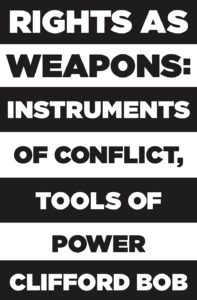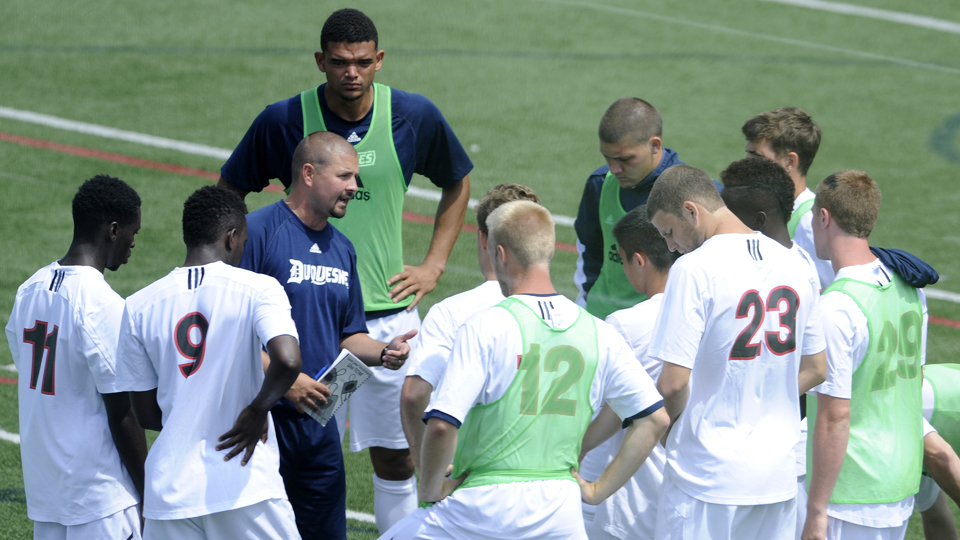
03/28/2019
Ashley Newman | Staff Writer

When a government passes legislation giving more rights to its citizens, the decision is often celebrated. Rights are usually viewed in a positive light as giving citizens more freedom than they had before. Duquesne professor Clifford Bob took an atypical approach to rights in his new book, Rights as Weapons: Instruments of Conflict, Tools of Power. In this book, published by Princeton University Press, Bob explains that rights can be used in more malicious ways: They can be weaponized and used by countries for purposes other than to give their citizens more freedoms.
About the book, Bob said, “Overall, one of the key points I make in the book is that rights are tools or weapons that political groups of any ideology can pick up and use to advance their goals.”
On Thursday, March 21, Bob gave a lecture open to students and faculty as a book launch. After giving a bit of background on his book, Bob opened the lecture for questions from fellow professors and then students to elaborate on his new work.
Bob began the lecture by explaining the odd story about how he came up with the idea for the book on a family trip in Barcelona, hearing that Catalonia had banned bullfighting. This seemed like a huge win for animal rights, until it became clear that Catalonia was not exactly a stickler for animal rights, and the ban was more of a nationalist agenda against the Spanish Government than a decree to save animals. This made Bob realize that sometimes rights are not necessarily used to improve lives and can be used for more selfish reasons on the part of legislators.
“Rights become weapons when political forces use them aggressively to advance their goals and attack other groups, institutions, and customs,” Bob said.
After telling his unique story, Bob explained the different types of weapons that he uses in the book to describe rights: camouflage, spears, dynamite, crowbars and blockades.
Using rights as camouflage is to use rights to conceal agendas, like the bullfighting in Catalonia example.
As spears, rights are used to overturn laws, like the end of segregation and the allowance of same-sex marriage.
Rights as dynamite is equivalent to using rights to destroy cultures. Bob uses the example of France trying to ban the hijab through legislation.
Using rights as crowbars is to use rights to break coalitions; for this, the example was of an actor lying about his experience with an organization that claimed to be inclusive being friendly with a very homophobic regime. While what he was saying had truth to it and the organization was friendly with the regime, his exact experience was not true.
Finally, Bob explained how rights can be used as blockades, meaning to suppress subordinates. This example was the fight for voting rights and how African Americans, women and non-property owners fought each other and tried to suppress the other groups from gaining voting rights before them.
While this view on rights is pretty negative, Bob explained that he does not think
rights are a bad thing at all. He just believes that they are not always passed for the right reason, and people need to keep that in mind.
“It is true that the right and its underlying content are often discussed interchangeably, but analyzing them in isolation from one another, as I do, makes it possible to see how rights can be used in multiple ways, as various types of political tools or weapons,” Bob said.
Bob’s book brings on a new perspective of rights that is often overlooked. Rather than always viewing rights as a positive, people should be more skeptical of legislation that appears to come out of nowhere, giving new rights that the government did not care about the day before.
Rights as Weapons: Instruments of Conflict, Tools of Power can be purchased from
Princeton University Press, Amazon and Google.



